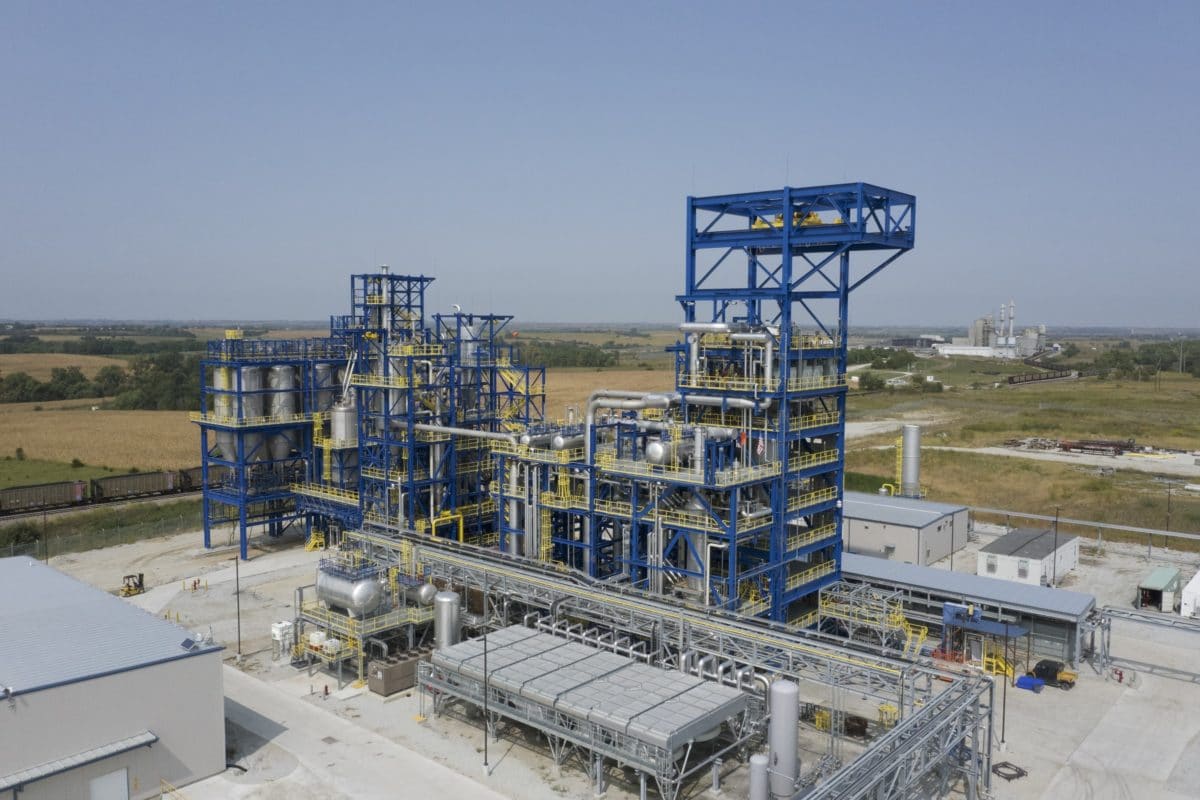IHS Markit’s Clean Energy Technology analytics team says the next 30 years will need to see a doubling of large-scale carbon capture capacity every five years.
The recent influx of decarbonization policy targets is generating a pipeline of new carbon capture, utilization, and storage (CCUS) projects. IHS Markit said there are 23 large-scale projects under construction, financing and design that may double CCUS capacity by 2026.
CCUS technologies capture and compress carbon dioxide from power generators or industrial facilities, and store it underground, or deliver it for other applications.
The technology, which is still considered to be in a nascent stage, is projected to reduce between 4% to 20% of global carbon emissions by 2050. That means CCUS will need to grow at record rates to hit these targets, the firm said.
CCUS projects have encountered difficulties in becoming operational in the past decade. Sixteen large-scale projects have gone live, and 20 have been cancelled. Around 75% of current operational capacity is categorized as large-scale. IHS said a lack of regional carbon storage regulation and high capital costs stymie growth.
The IHS Markit team said that one potential solution to the high-cost problem of CCUS is industrial clustering. Localized networks of industrial emitters with shared storage and transport infrastructure will benefit from economies of scale, they said. Other growth drivers are expected to come from increased awareness of CCUS and expanded capture policies, as well as from technological innovation.
This content is protected by copyright and may not be reused. If you want to cooperate with us and would like to reuse some of our content, please contact: editors@pv-magazine.com.









Trees and crops that are turned into clothing and construction materials that last a long time would not only capture carbon but put it to good use and make financial sense. Replacing the aluminum frames on solar panels and double-pane windows with graphite composite materials would lock up the carbon. If graphite is good enough for skis, tennis rackets, bicycles and the like, why not expand its use, bring down the price, and capture the carbon?